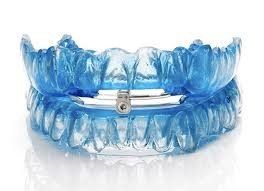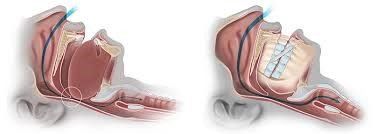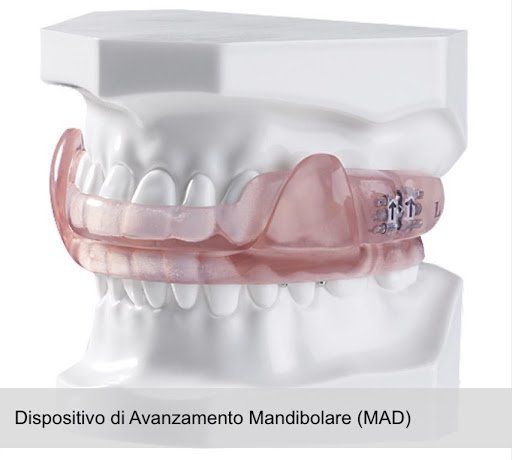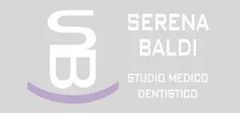TREATMENTS TO PREVENT SLeep APNoea IN FLORENCE
DENTAL TREATMENT and preventing OSTRUCTIVE sleep APNoEA syndrome (OSAS) treated by Dr. Turkish
Obstructive sleep apnoea syndrome is a serious disorder which, if untreated, involves cardiovascular, neurological, hypertension and risks of stroke in adults, due to a reduction in oxygen saturation in the blood.
In people with OSAS, the upper airways collapse during sleep, which partially or totally obstruct the passage of air and interrupts breathing which only starts up again after a micro arousal.
"WHO Does it affect?"
This disorder affects 3-4% of the total population and, according to a statistic, 80% of affected people are unaware that they suffer from it. People most at risk are adult MEN aged between 30 and 60 years. But also children who have enlargement and inflammation of the adenoids or tonsils. Overweight and obesity can make the situation worse.
How to recogniSe obstructive sleep apnOea syndrome?
Obstructive apnoea Airway working correctly using Mad
In adults, the most frequent symptoms are:
- Snoring
- Restless or disturbed sleep with frequent awakenings
- Tiredness
- Headaches
- Drowsiness
- Difficulty concentrating
- Shots of sleep
- Need for urinate during the night
- Impotence
The diagnosis is confirmed by a diagnostic test called a polysomnography. Your sleep is monitored during the night by a computer. An adult that suffers 5 OSAS in an hour is considered to have this disorder. A child is considered to have the disorder if they have even one manifestation in an hour.
Dentistry plays an important role in relation to this syndrome, as we can detect the signs and symptoms at an early stage and assess whether there are indications that the patient should undergo treatment with specific oral devices called MAD (mandibular advancing device).
These devices move the jaw forward to prevent the soft tissue from collapsing and help keep the airways unobstructed. They are not suitable for all patients who suffer from sleep apnoea, so it is also important that dentist knows about other therapeutic approaches for OSAS and informs the patient about them. These could be CPAP devices which is a mechanical breathing piece of equipment that gives continuous positive pressure, or even undergoing an operation on the soft tissue or repositioning the jaw bone.
Contact our dental practice to make an appointment










